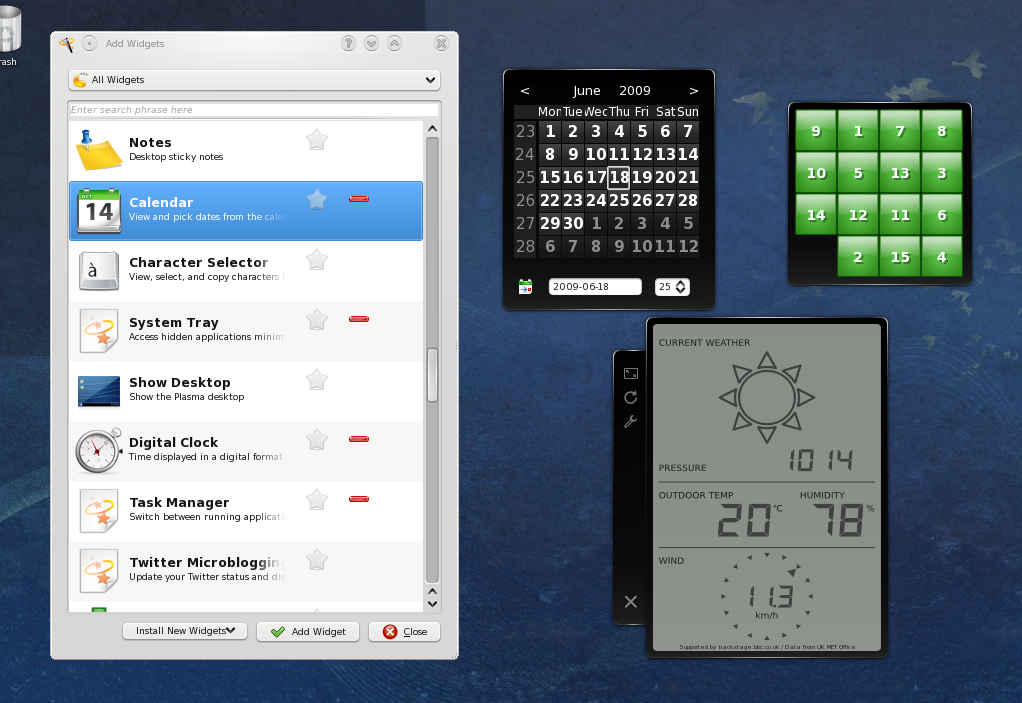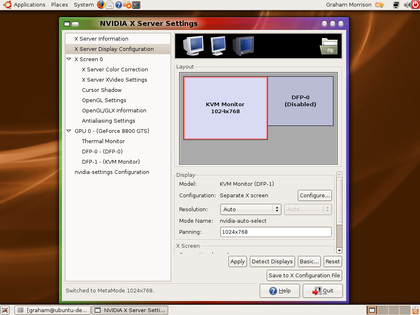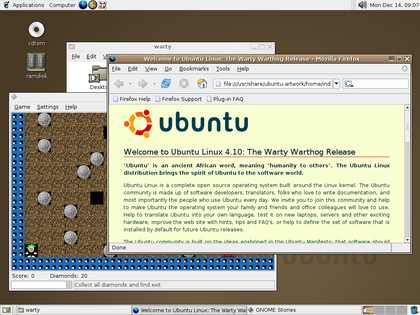15 game-changing Linux moments of the decade
Events that have defined the current Linux experience

If you were sat at your Linux computer one dark evening in late 1999, things would have been considerably different.
Your machine would probably be running either Red Hat 6.1 or Mandrake 6.
Outside your window, the world was going crazy for all things dotcom. Microsoft was prepping both Windows 2000 and its ill-fated Millennium edition, while Apple had just released OS 9 and its Power Mac G4.
As a Linux user, you'd have been an uber-geek, someone with an obsessive interest in computing and far too much time on your hands.
But things have changed. Linux is now an operating system anyone can install and use, and it's growing stronger every year. Here's how it happened.
January 2001: Linux Kernel 2.4
The kernel is the only part of the operating system officially called 'Linux'. It all started with, and is still maintained by, Linus Torvalds.
Sign up for breaking news, reviews, opinion, top tech deals, and more.
Version 2.4 was a watershed, bringing Linux support to many essential interfaces, starting with USB, and eventually Bluetooth, RAID and the ext3 filesystem. Linux's amazing driver support started here, and the current 2.6 revision owes many of its advances to the 2.4 release.
May 2001: Nvidia releases binary drivers
Until May 2001, many desktop Linux users were isolated when it came to official hardware vendor support. But then Nvidia released a binary version of its graphics driver.
This gave us massive improvement in 3D performance. But it also opened a can of worms, as the debates on the legality of closed drivers linked to the kernel, and whether we should use them, still continue to this day.

DRIVING LINUX: Nvidia is one of the few companies who provides drivers that offer similar performance to their Windows and OS X counterparts
June 2002: Gnome 2.0
Gnome was trying to catch up with the wayward and revolutionary KDE 2.0 desktop, released 10 months earlier. Regardless of which desktop was best, both versions offered a revolutionary experience when compared to the staid, static and ascetic desktops of the previous generation.
The Gnome project has gone from strength to strength after the release of 2.0, and great things are promised for 3.0 in 2010.
May 2002: OpenOffice.org 1.0
Few would consider using Linux if there wasn't the semblance of Microsoft Office compatibility. Sun Microsystems bought, renamed and released its own broadly compatible office suite for free, in what it must have hoped would be a flanking attack on Microsoft's dominance. A tactic it revisited with the re-licence of Java in 2007.
March 2003: SCO's lawsuit against IBM
For a long time, this lawsuit cast a long shadow over Linux adoption. SCO alleged that IBM had allowed parts of its UNIX operating system to be re-licenced and subsequently used within Linux.
If IBM lost, Linux would need to be modified. At one point, even the GPL was under scrutiny when SCO claimed it was unconstitutional. But as yet, litigation has come to nothing and SCO is currently fighting against bankruptcy.
April 2004: X.org 1.0
With free software, if you don't like what other people are doing you can take their work and build your own version. This is what happened with XFree86, the technology at the heart of display, mouse and keyboard interaction. When its licence changed, many Linux distributions were forced to find an alternative, and this became X.org.
October 2004: Ubuntu Warty Warthog
It's the only Linux distribution in our list, but whether you love or hate Ubuntu, there's no denying that its appearance on the scene has changed Linux dramatically.
For mainstream media, it's now often a byword for Linux, and thanks to its charismatic astronaut leader, Linux has a free software advocate to compete with Steve Jobs and Steve Ballmer.

BIG UP UBUNTU: Ubuntu releases are named after the year and month of their release. Warty's official title was Ubuntu 4.10
November 2004: Firefox 1.0
Firefox works on many operating systems other than Linux, but it was the first free software application to be understood and adopted by the general public on this scale. It was faster, more secure, and had more features than its proprietary competitors, changing the popular perception of open source.

ON FIRE: A two-page ad in the New York Times accompanied the release of Firefox 1.0, featuring the names of thousands of contributors to the fund-raising campaign
- 1
- 2
Current page: A decade of Linux innovation
Next Page Linux highlights: 2005 to the end of the decade